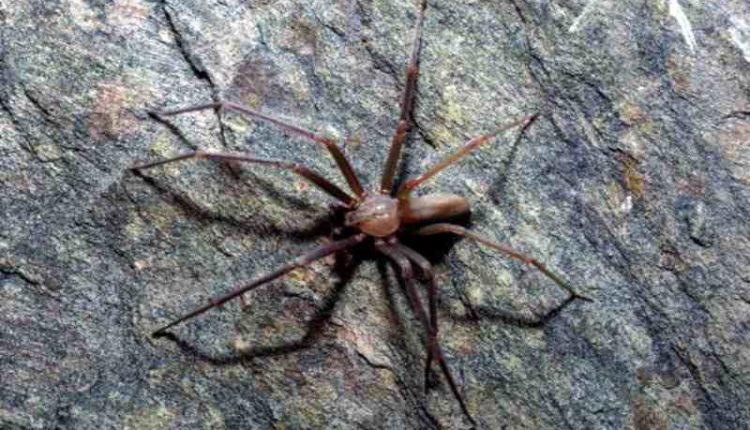
How to protect yourself from the bite of the violin spider (or Brown Recluse)?
The violin spider is small in size and apparently insignificant in appearance, but extremely dangerous. This is the Loxosceles rufescens, also known as the violin spider, due to a characteristic spot on its body that recalls the musical instrument
How to protect yourself against the Loxosceles rufescens and its bite?
Where is the violin spider found and how can it be recognised?
It is yellowish-brown in colour with long legs.
The violin spider can grow to a size of 7 mm (male body) and 9 mm (female body).
Where is the violin spider found?
In northern regions it is mainly found in our homes, as it cannot withstand our winter temperatures, but in warmer weather it can also be found in open spaces close to homes, such as in gardens.
Also known as the hermit spider o brown recluse, it is a nocturnal animal that stays in cracks and crevices during the day.
In the home, the hermit spider can find shelter behind furniture, skirting boards, under cardboard boxes or even inside gloves, shoes and especially underwear.
The habitats of the violin spider include attics, basements and bathrooms.
It is one of the most poisonous Italian spiders.
What are the characteristics of a violin spider bite?
Initially it is asymptomatic, painless and the affected area does not show any changes.
In the hours following the spider bite a reddened lesion appears with itching, burning and tingling sensations, which over the next 48-72 hours may become necrotic and may ulcerate.
In addition to injecting the venom, the bite of the hermit spider can carry anaerobic bacteria (micro-organisms that live in the absence of oxygen) into the tissue, which proliferate and complicate the course of the wound.
Their action causes the liquefaction of tissues.
In the most serious situations, in addition to fever, skin rash, bruising, muscle and kidney damage and haemorrhage may occur.
In many cases, treatment in a hyperbaric chamber may also be necessary.
What to do in the event of a violin spider bite?
Wash thoroughly with soap and water.
If you become aware of the spider in any way, try to catch it and, even if it is killed, keep it.
Identification is also possible if the spider is badly damaged: if you examine the head under a microscope you can see that it has 6 eyes instead of the typical 8.
A photo can also be helpful, making sure that the front of the spider is clearly visible and in focus, see spider images.
Read Also:
Emergency Live Even More…Live: Download The New Free App Of Your Newspaper For IOS And Android
Insect Bites And Animal Bites: Treating And Recognising Signs And Symptoms In The Patient
A New Species Of Brown Recluse Spider Discovered In Mexico: What To Know About His Venomous Bite?
Ibiza, Young Tourist Bitten By A Brown Recluse Spider: He Lost Two Fingers


